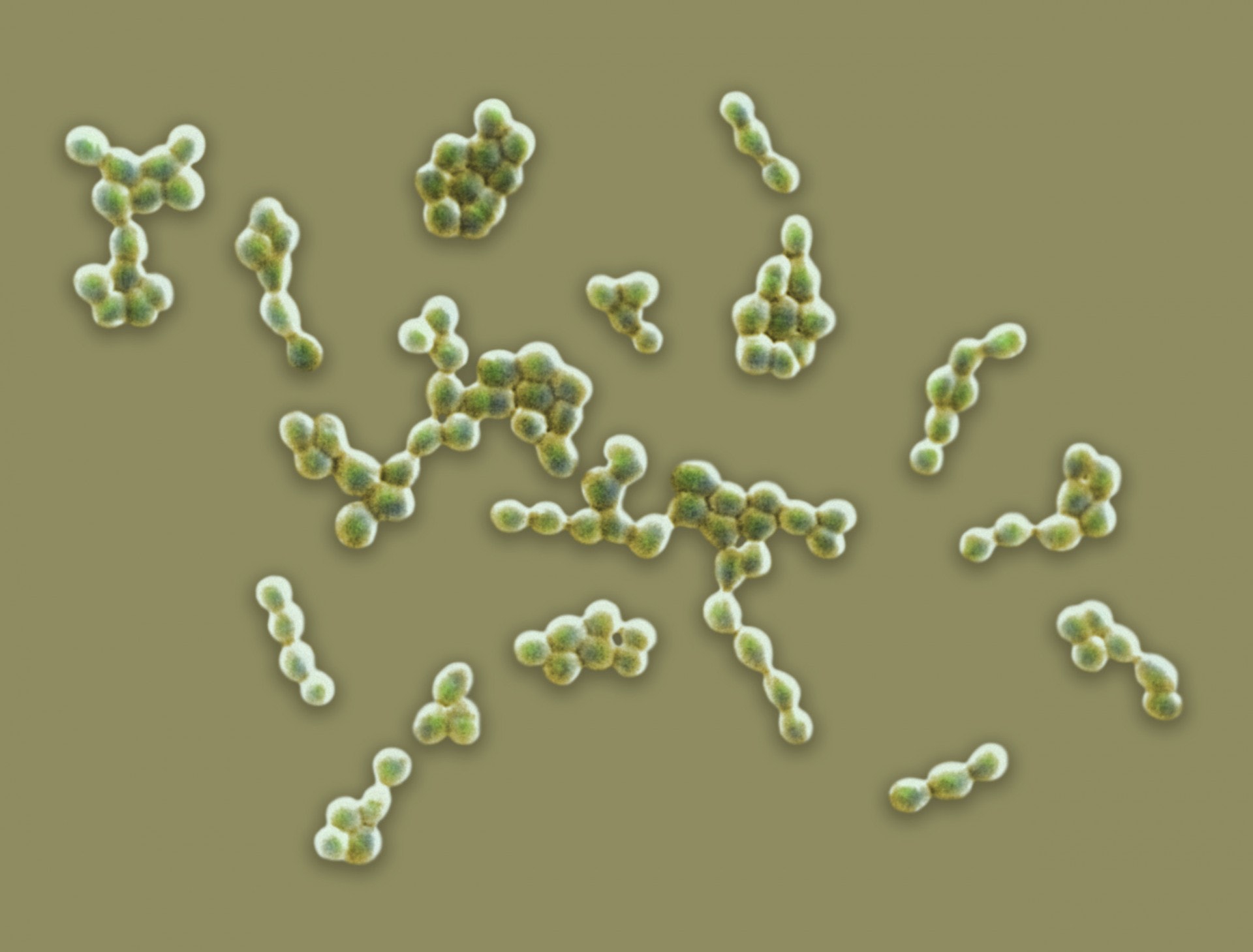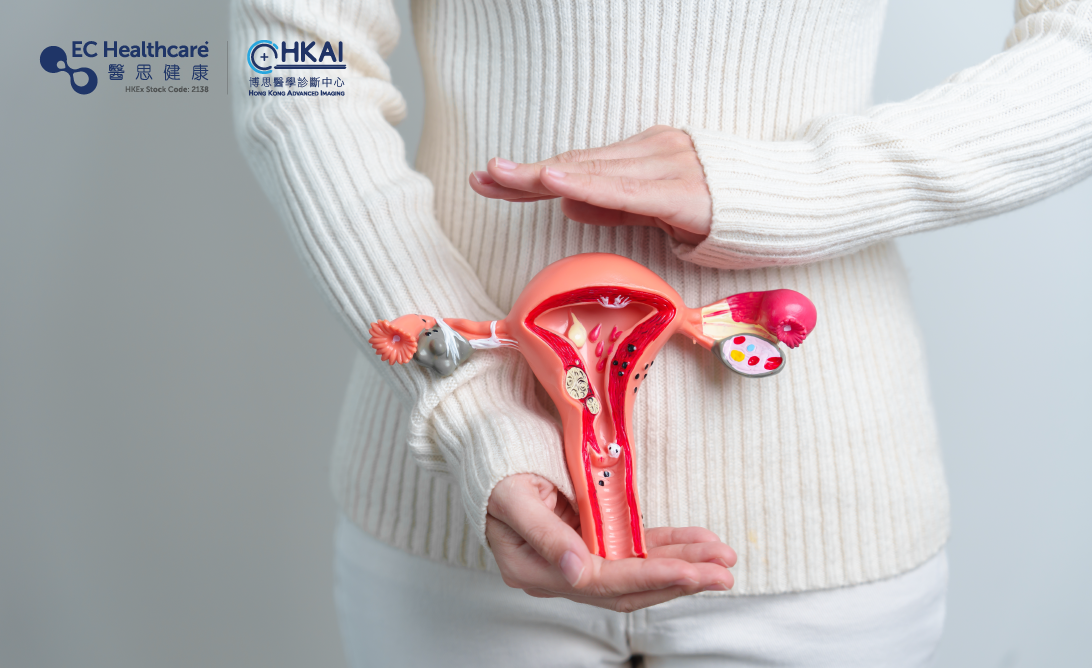Intimate Crisis: How to Prevent Vaginal Candidiasis


Summer is the peak season for vaginal yeast infections in women. Fungi can thrive in humid and hot weather, increasing the chances of vaginal yeast infections. In fact, the vagina always contains a small amount of the fungus Candida, which helps prevent the invasion of other pathogens. However, the pH balance of the vagina may change due to factors such as weather and hormones, leading to an increase in the amount of Candida and resulting in vaginal yeast infections (or vaginal candidiasis).
Symptoms of vaginal candidiasis
1.Itching, soreness, redness or swelling in the vulva
2.Vaginal discharge resembling cottage cheese
3.Thick, white and sticky discharge from the vagina
4.Pain during sexual intercourse
5.Vaginal discharge with a strong fishy odour in severe cases
6.Inflammation and ulceration in the vulva, perineum, and groin, accompanied by intense pain
If you experience the above symptoms, it is highly likely that you have vaginal candidiasis, and you should seek medical attention as soon as possible.
Causes of vaginal candidiasis
Hot and stuffy weather
As ladies like wearing tight-fitting clothes, the hot temperature in summer coupled with sweating can make the private part stuffy, leading to vaginal candidiasis.
Excessive cleansing
The vagina can maintain its own pH balance. It contains a small amount of Candida to naturally inhibit the growth and invasion of harmful bacteria. However, frequent use of vaginal cleansers may disrupt this balance.
Weakened immune system
Factors such as chronic sleep deprivation, high levels of stress, and poor dietary habits can weaken the immune system, making it easier for harmful bacteria to invade.
Sexual intercourse
Women may get a Candida infection through sexual intercourse.
How can we treat vaginal candidiasis?
If you experience symptoms of vaginal candidiasis, seek medical attention as soon as possible. Common treatment options include vaginal suppositories, topical creams, and oral medications. If the infection recurs, doctors may perform tests on the discharge to identify the specific bacteria causing the infection in order to prescribe targeted treatment. It is also important to maintain good lifestyle habits such as regular exercise, wearing breathable clothing, and taking appropriate supplements and probiotics to reduce the chances of recurrence.
The relationship between vaginal yeast infections and cervical cancer
Most cases of cervical cancer are caused by the human papillomavirus (HPV), which is primarily transmitted through sexual activity. As long as someone has had sexual experience, they are at risk of HPV infection. Cervical cancer and vaginal yeast infections share some common symptoms – an increase in vaginal discharge or the presence of a foul odour. Many women may think that these symptoms are merely signs of a recurring yeast infection and overlook the potential risks involved.
If vaginal yeast infections recur frequently, it is recommended to receive testing of the discharge as well as a cervical smear test (Pap smear) to prevent cervical cancer. re:HEALTH provides various gynaecological examinations, such as cervical smear tests/Pap smears, which can quickly and easily detect abnormal cervical cells. The test only takes a few minutes and is effective in diagnosing and preventing cervical cancer and vaginal yeast infections. Plus, a candida and trichomonas smear is also provided to determine if a patient has an abnormal quantity of Candida or is infected with trichomonas. For the sake of your health, make an appointment for a check-up now!
Related Brands


